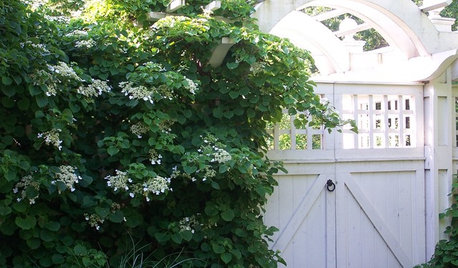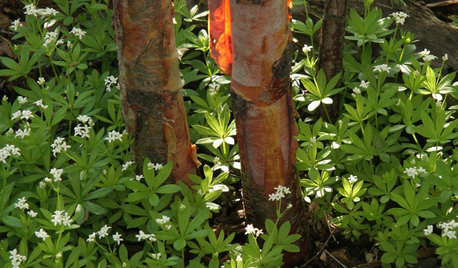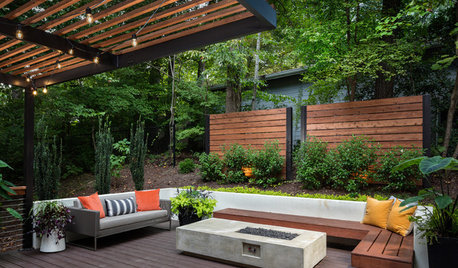Wind Resistant Trees
Rapidfire
19 years ago
Featured Answer
Sort by:Oldest
Comments (10)
PPennypacker
19 years agoRelated Professionals
Saint Charles Landscape Architects & Landscape Designers · Salem Landscape Architects & Landscape Designers · Matthews Landscape Contractors · Belvedere Park Landscape Contractors · Concord Landscape Contractors · Dallas Landscape Contractors · Lemoore Landscape Contractors · Streamwood Landscape Contractors · Wentzville Landscape Contractors · West Chicago Landscape Contractors · Lauderdale Lakes Landscape Contractors · East Cleveland Gardeners & Lawn Care · Laurel Siding & Exteriors · Pike Creek Valley Siding & Exteriors · Saint Charles Siding & Exteriorstreeza
18 years agorhizo_1 (North AL) zone 7
18 years agooctober17
18 years agodirtytoes
18 years agocattman
14 years agoBelgianpup
14 years agoheeeheee
13 years agoshastensis
13 years ago
Related Stories

GARDENING GUIDESGreat Garden Combo: 3 Wonderful Plants for a Deer-Resistant Screen
Protect your privacy and keep deer at bay with a planting trio that turns a problem garden area into a highlight
Full Story
GARDENING GUIDESTop 12 Summer-Blooming Perennials for Deer-Resistant Drama
Can you have garden color, fragrance and exciting foliage with hungry deer afoot? These beauties say yes
Full Story
FALL GARDENING6 Deer-Resistant Flowering Vines to Plant This Fall
Have a major deer problem? Here are some of the only vines that have a chance of not being eaten
Full Story
TREES7 Deer-Resistant Flowering Trees to Plant this Fall
If you live in a neighborhood with roaming deer, consider these beautiful trees that won't tempt hungry guests
Full Story
GARDENING GUIDES10 Deer-Resistant Native Flowers to Plant This Fall
Learn about natives that embrace some kinds of wildlife but resist grazing deer
Full Story
GARDENING GUIDES8 Deer-Resistant Elegant Evergreen Shrubs to Plant This Fall
Who knew that such beautiful shrubs could be deer-resistant?
Full Story
GARDENING GUIDES6 Deer-Resistant Ground Covers to Plant This Fall
Learn about some of the only low, spreading plants that are reliably deer-resistant
Full Story
CONTAINER GARDENS7 Deer-Resistant Flowers for Your Summer Containers
Grow these as protection for edibles or just for their colorful beauty — deer might not like them, but everyone else will
Full Story
GARDENING AND LANDSCAPING8 Rot-Resistant Woods for Your Outdoor Projects
No need for chemical treatments on your deck or pergola. These woods stand up to weather, insects and time beautifully on their own
Full Story
FALL GARDENING9 Deer-Resistant Flowering Shrubs to Plant This Fall
These exquisite shrubs will attract your attention but won’t tempt the deer that roam your neighborhood at night
Full Story





michaelzz